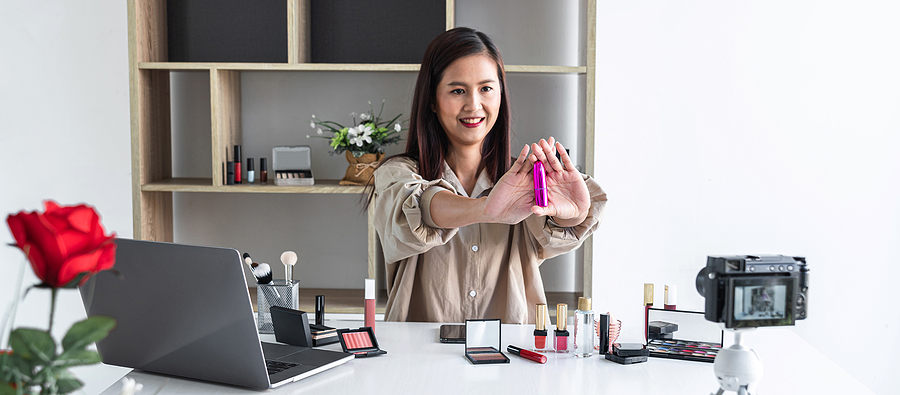
Influencers can make teens aware of online video sponsoring
With the growing popularity of influencer marketing on online video sharing platforms, such as YouTube, it is increasingly important to be transparent about when an influencer video is sponsored. Unfortunately, there isn’t enough information about how which type of disclosure actually makes sponsorship transparent to youth. The aim of this study in Advances in Advertising Research Series is to gain a better understanding in how youth perceive transparency around online influencer videos. It turns out that youth are most aware when the influencer talks about the sponsorship in the videos.
Take aways
- Young people are most likely to notice a sponsorship disclosure if influencers talk about the sponsorship at the beginning of a video.
- Explicit terms like ‘paid’ are helpful for children to understand the commercial nature of a sponsored video.
- To increase the transparency, and thus fairness, of influencer marketing on platforms such as YouTube influencers should clearly and concretely indicate at the beginning of their videos that they have been paid by a brand or organization to make the video.
Study information
Who?
38 participants (10- 16 years old)
Where?
The Netherlands
How?
The researchers interviewed the teens in friend duos. Every interview lasted around 75 minutes. The participants watched two sponsored influencer videos: one with a spoken disclosure (e.g., ‘I created this video in collaboration with brand x) and one with a textual disclosure (‘This video contains a collaboration with brand x’). After each video the interviewer asked questions about the perception of the sponsorship and sponsorship disclosure of the video.
Facts and findings
- The participants’ attention was the highest for the spoken sponsorship disclosure. The spoken disclosure at the beginning of the video was the most noticeable because the participants rarely watched a video until the end.
- The participants were less aware of the textual disclosures. They barely paid attention to the textual disclosure before the video started. The participants explained that they did not pay attention to it, because they considered a screen with text before a video not to be part of the video.
- The participants were the least aware of the textual disclosures in the description of the video. Some participants said they never read descriptions, so they would never be exposed to the textual disclosure in the description.
- Not all participants understood the meaning of the sponsoring in influencer videos. The participants that didn't understand the sponsoring were also less aware of the disclosures.
- Remarkably, most participants only talked about the disclosures when the interviewer specifically asked about it. The participants barely noticed similar sponsorship disclosures in YouTube videos. An explanation for this is that the teens couldn’t give their full attention to the video because they were doing other things, like doing homework or putting on make-up.